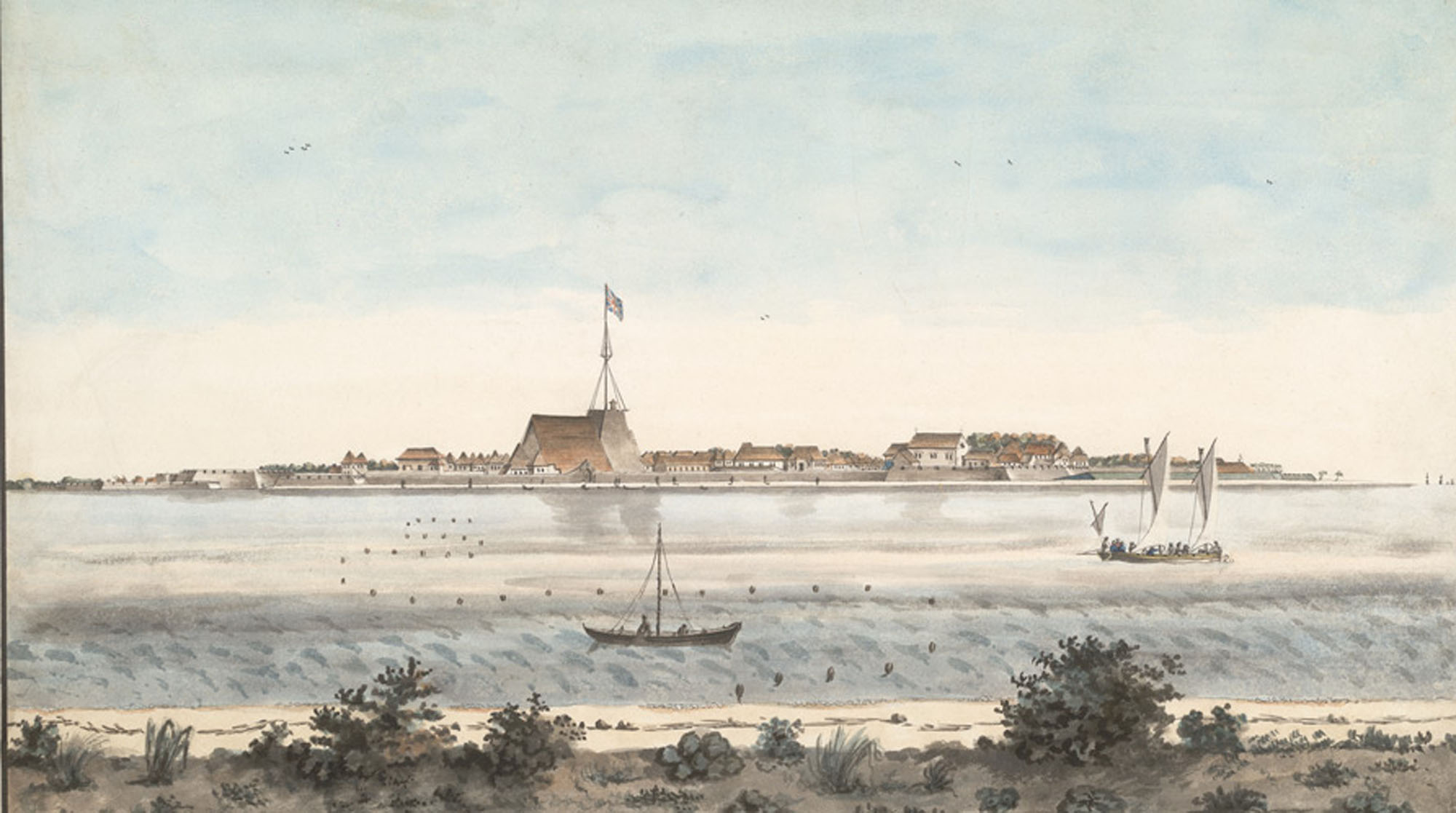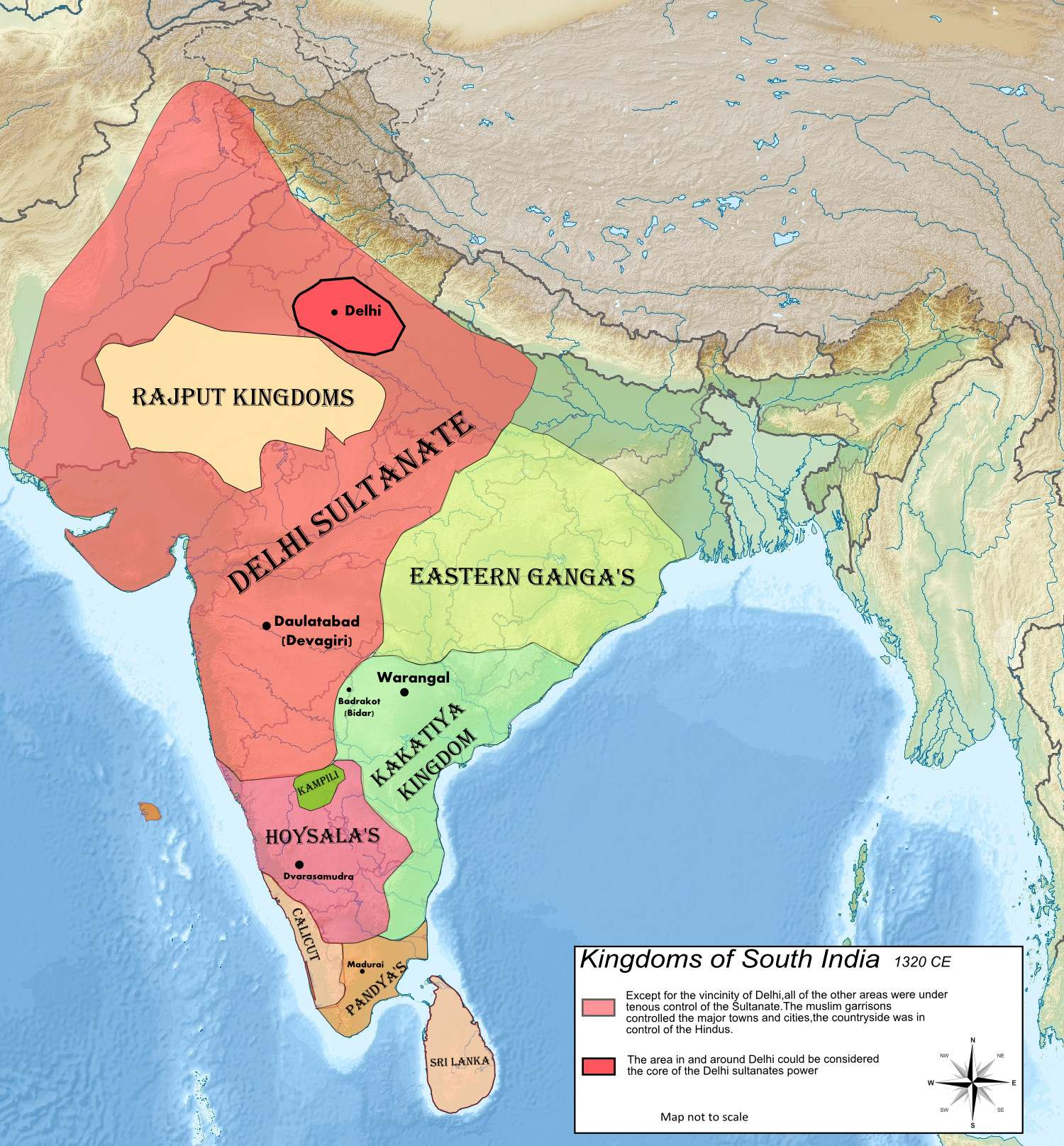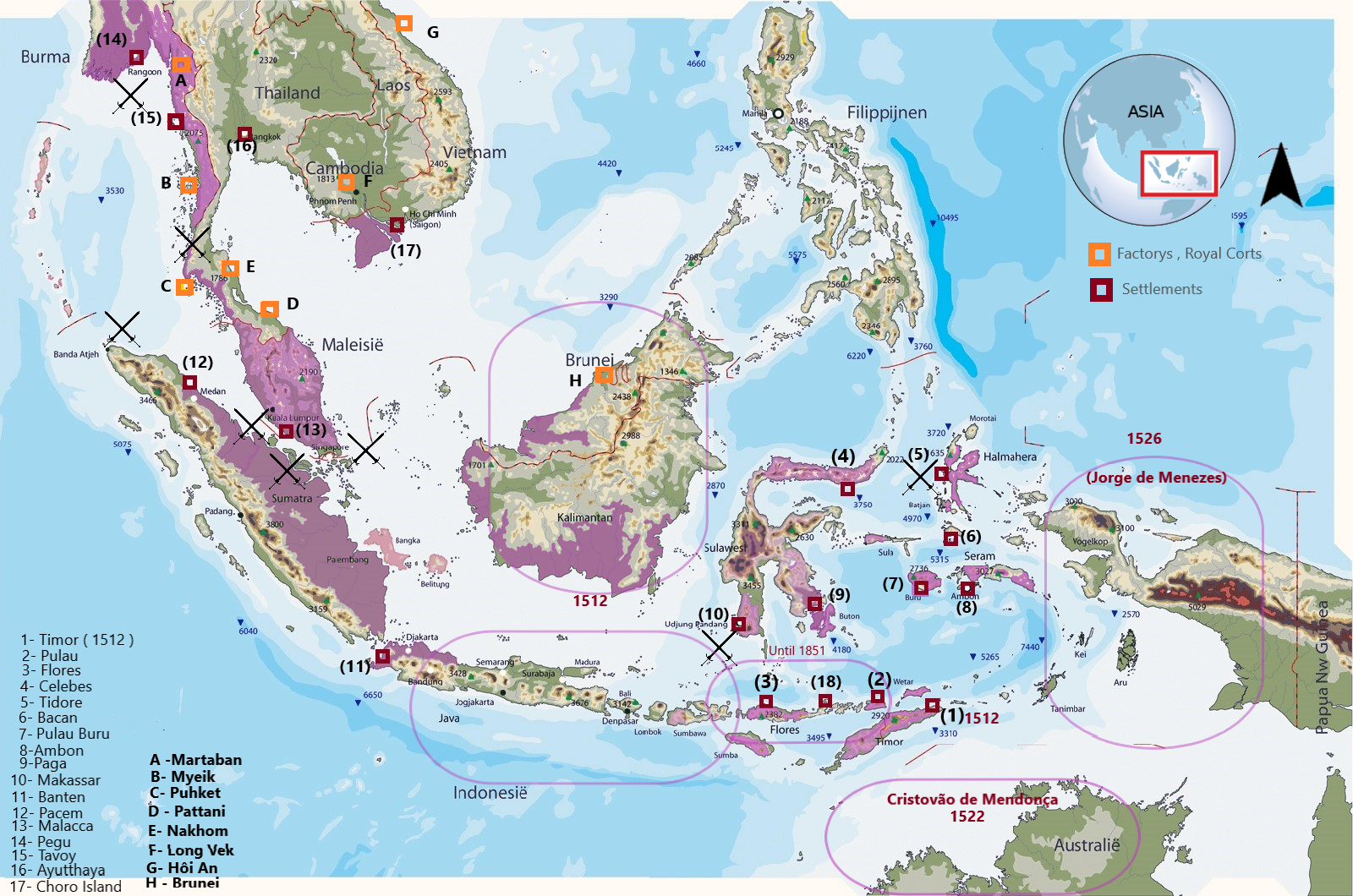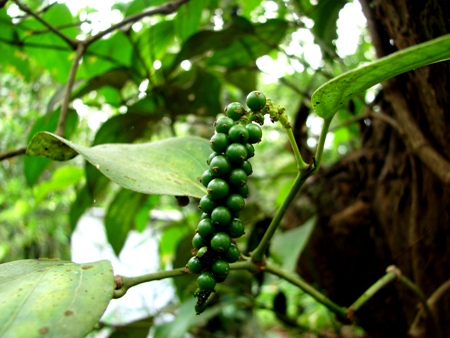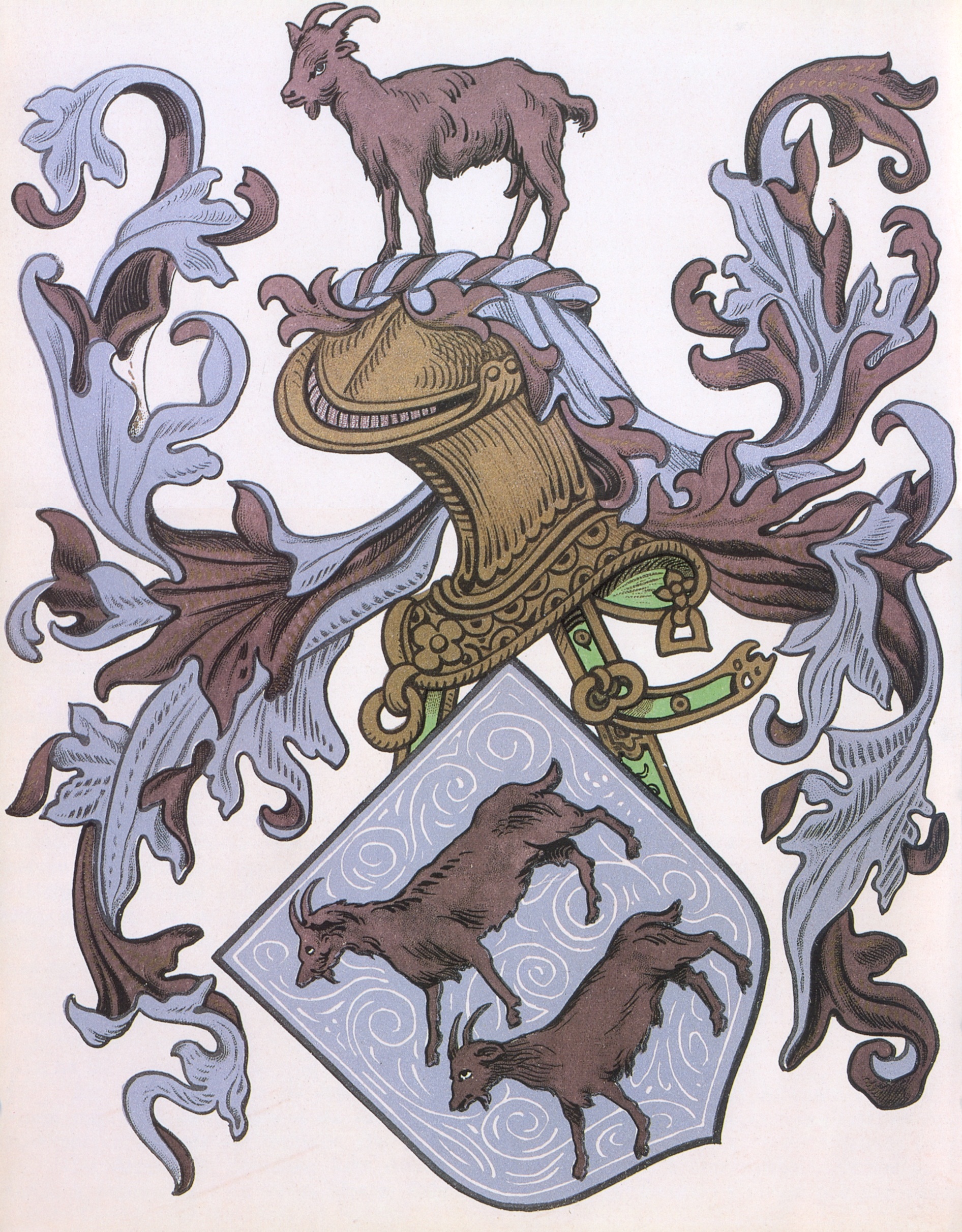|
Santa Cruz Cathedral Basilica, Kochi
The Santa Cruz Cathedral Basilica, also known as Kotta Palli or Kottepalli, is located in Fort Kochi, Kochi. It is one of the thirty-four basilicas in India and one of nine in Kerala. This heritage edifice of Kerala is renowned for its Indo-European and Gothic architectural style. It serves as the cathedral church of the Diocese of Cochin. Originally built by the Portuguese in 1505 after securing the permission of the King of Cochin, it was elevated to a cathedral by Pope Paul IV in 1558. Although many Catholic buildings were destroyed by Dutch conquerors who arrived in Cochin in the 17th century, this cathedral was spared. However, the British who later arrived demolished it in 1795, and a new structure was commissioned in 1887 by the then bishop of Cochin, João Gomes Ferreira. The new building was consecrated in 1905 and proclaimed a basilica by Pope John Paul II in 1984. The Santa Cruz Cathedral Basilica is one of the finest and most impressive churches in India, attract ... [...More Info...] [...Related Items...] OR: [Wikipedia] [Google] [Baidu] |
Fort Kochi
Fort Kochi ( , ; Cochin Portuguese: ''Cochim de Baixo'', , Tamil: ''Koçhé Kōtàì''), formerly also known as Fort Cochin or British Cochin or Old Kochi, is a region of Kochi city in Kerala, India. Fort Kochi takes its name from the Fort Manuel of Kochi, the first European fort on Indian soil, controlled by the Portuguese East Indies. This is part of a handful of water-bound islands and islets toward the south-west of the mainland Kochi, and collectively known as ''Old Kochi'' or ''West Kochi''. Adjacent to this is the locality of Mattancherry. In 1967, these three municipalities along with a few adjoining areas, were amalgamated to form the Kochi Municipal Corporation. Fort Kochi is rich in heritage and culture, and is a prominent tourist destination for both domestic and international travellers- being ranked as ninth among the top 25 in National Geographic’s Top Tourist Destinations To Explore In 2020. Scientific theory In the BC period, the region that is toda ... [...More Info...] [...Related Items...] OR: [Wikipedia] [Google] [Baidu] |
Cathedral
A cathedral is a church (building), church that contains the of a bishop, thus serving as the central church of a diocese, Annual conferences within Methodism, conference, or episcopate. Churches with the function of "cathedral" are usually specific to those Christian denominations with an episcopal hierarchy, such as the Catholic Church, Catholic, Eastern Orthodox Church, Eastern Orthodox, Anglicanism, Anglican, and some Lutheranism, Lutheran churches.''New Standard Encyclopedia'', 1998 by Standard Educational Corporation, Chicago, Illinois; page B-262c. Church buildings embodying the functions of a cathedral first appeared in Italy, Gaul, Spain, and North Africa in the 4th century, but cathedrals did not become universal within the Western Catholic Church until the 12th century, by which time they had developed architectural forms, institutional structures, and legal identities distinct from parish churches, monastery, monastic churches, and episcopal residences. The cathedra ... [...More Info...] [...Related Items...] OR: [Wikipedia] [Google] [Baidu] |
Dom Francisco De Almeida
'' Dom'' Francisco de Almeida (; c. 1450 – 1 March 1510), was a Portuguese nobleman, soldier and explorer. He distinguished himself as a counsellor to King John II of Portugal and later in the wars against the Moors and in the conquest of Granada in 1492. In 1505 he was appointed as the first governor and viceroy of the Portuguese State of India (''Estado da Índia''). Almeida is credited with establishing Portuguese hegemony in the Indian Ocean with his victory at the naval Battle of Diu in 1509. Before Almeida returned to Portugal he lost his life in a conflict with indigenous people at the Cape of Good Hope in 1510. His only son Lourenço de Almeida had previously been killed in the Battle of Chaul. Exploits as soldier Almeida was born at Lisbon. As was customary for men in his social circle, he joined the military at an early age. In 1476 he took part in the Battle of Toro. Then he fought in conflicts in different parts of Morocco and in 1492 participated in the Christi ... [...More Info...] [...Related Items...] OR: [Wikipedia] [Google] [Baidu] |
Portuguese Empire
The Portuguese Empire was a colonial empire that existed between 1415 and 1999. In conjunction with the Spanish Empire, it ushered in the European Age of Discovery. It achieved a global scale, controlling vast portions of the Americas, Africa and various islands in Asia and Oceania. It was one of the most powerful empires of the early modern period, while at its greatest extent in 1820, covering 5.5 million square km ( million square miles), making it among the List of largest empires, largest empires in history. Composed of colonialism, colonies, Factory (trading post)#Portuguese feitorias (c. 1445), factories, and later Territory#Overseas territory, overseas territories, it was the longest-lived colonial empire in history, from the conquest of Ceuta in North Africa in 1415 to the handover of Macau to China in 1999. The power and influence of the Kingdom of Portugal would eventually expand across the globe. In the wake of the Reconquista, Portuguese maritime exploration, Port ... [...More Info...] [...Related Items...] OR: [Wikipedia] [Google] [Baidu] |
Kollam
Kollam (;), is an ancient seaport and the List of cities and towns in Kerala, fourth largest city in the Indian state of Kerala. Located on the southern tip of the Malabar Coast of the Arabian Sea, the city is on the banks of Ashtamudi Lake and is 71 kilometers (44 mi) northwest of the Thiruvananthapuram. Kollam is one of List of ancient Indian cities, India's oldest continuously inhabited cities, with evidence of habitation stretching back to the megalithic; the city has also been a maritime entrepôt millennia, the earliest attestation of which dates back to the Phoenicians and Romans. It is the southern gateway to the Kerala backwaters, Backwaters of Kerala, and is known for its cashew processing, coir manufacturing, and tourism industries. Kollam has had a strong commercial reputation since ancient times. The Arabs, Phoenicians, Chinese, Ethiopians, Syrians, Jews, Chaldeans and Romans have all engaged in trade at the port of Kollam for millennia. As a result of Chinese t ... [...More Info...] [...Related Items...] OR: [Wikipedia] [Google] [Baidu] |
Quilon
Kollam (;), is an ancient seaport and the fourth largest city in the Indian state of Kerala. Located on the southern tip of the Malabar Coast of the Arabian Sea, the city is on the banks of Ashtamudi Lake and is 71 kilometers (44 mi) northwest of the Thiruvananthapuram. Kollam is one of India's oldest continuously inhabited cities, with evidence of habitation stretching back to the megalithic; the city has also been a maritime entrepôt millennia, the earliest attestation of which dates back to the Phoenicians and Romans. It is the southern gateway to the Backwaters of Kerala, and is known for its cashew processing, coir manufacturing, and tourism industries. Kollam has had a strong commercial reputation since ancient times. The Arabs, Phoenicians, Chinese, Ethiopians, Syrians, Jews, Chaldeans and Romans have all engaged in trade at the port of Kollam for millennia. As a result of Chinese trade, Kollam was mentioned by Ibn Battuta in the 14th century as one of the five I ... [...More Info...] [...Related Items...] OR: [Wikipedia] [Google] [Baidu] |
Fort Emmanuel
Fort Emmanuel, also known as Fort Manuel, is a ruined fort located at Fort Kochi Beach in Kochi (Cochin), Kerala, India. It was built by the Portuguese to be a bastion & a symbol of the strategic alliance between the Kingdom of Cochin and the Kingdom of Portugal. Named after Manuel I of Portugal, it was the first European fort built in Asia.Logan, William. ''Malabar''. District Manual. Asian Educational Services, 1887. History In September 1503, the King of Kochi granted permission to Afonso de Albuquerque to build Fort Emmanuel near the waterfront of the Arabian Sea The Arabian Sea () is a region of sea in the northern Indian Ocean, bounded on the west by the Arabian Peninsula, Gulf of Aden and Guardafui Channel, on the northwest by Gulf of Oman and Iran, on the north by Pakistan, on the east by India, and .... The construction was commenced on 26 September, and "it took the shape of a square with flanking bastions at the corners mounted with ordnance". The walls we ... [...More Info...] [...Related Items...] OR: [Wikipedia] [Google] [Baidu] |
Afonso De Albuquerque
Afonso de Albuquerque, 1st Duke of Goa ( – 16 December 1515), was a Portuguese general, admiral, statesman and ''conquistador''. He served as viceroy of Portuguese India from 1509 to 1515, during which he expanded Portuguese influence across the Indian Ocean and built a reputation as a fierce and skilled military commander. Albuquerque advanced the three-fold Portuguese grand scheme of combating Islam, spreading Christianity, and securing the trade of spices by establishing a Portuguese Asian empire. Among his achievements, Albuquerque managed to conquer Goa and was the first European of the Renaissance to raid the Persian Gulf, and he led the first voyage by a European fleet into the Red Sea. He is generally considered a highly effective military commander, and "probably the greatest naval commander of the age", given his successful strategy of attempting to close all the Indian Ocean naval passages to the Atlantic, Red Sea, Persian Gulf, and to the Pacific, transforming it ... [...More Info...] [...Related Items...] OR: [Wikipedia] [Google] [Baidu] |
Calicut
Kozhikode (), also known as Calicut, is a city along the Malabar Coast in the state of Kerala in India. Known as the City of Spices, Kozhikode is listed among the City of Literature, UNESCO's Cities of Literature. It is the nineteenth largest urban agglomeration in the country and the second largest one in Kerala. Calicut city is the second largest city proper in the state with a corporation limit population of 609,224 Calicut is classified as a Tier-2 city by the Government of India. It is the largest city on the Malabar Coast and was the capital of the British-era Malabar District, Malabar district. It was the capital of an independent kingdom ruled by the Samoothiris (Zamorins). The port at Kozhikode acted as the gateway to the medieval South Indian coast for the Chinese people, Chinese, the Persians, the Arabs, and finally the Europeans. According to data compiled by economics research firm Indicus Analytics in 2009 on residences, earnings and investments, Kozhikode was ... [...More Info...] [...Related Items...] OR: [Wikipedia] [Google] [Baidu] |
Zamorin
The Samoothiri (Anglicised as Zamorin; Malayalam: , , Arabic: ''Sāmuri'', Portuguese: ''Samorim'', Dutch: ''Samorijn'', Chinese: ''Shamitihsi''Ma Huan's Ying-yai Sheng-lan: 'The Overall Survey of the Ocean's Shores' 433 Translated and Edited by J. V. G. Mills. Cambridge University Press for the Hakluyt Society (1970).) was the title of the erstwhile ruler and monarch of the Calicut kingdom in the South Malabar region of India. Originating from the former feudal kingdom of Nediyiruppu Swaroopam, the Samoothiris and their vassal kings from Nilambur Kovilakam established Calicut as one of the most important trading ports on the southwest coast of India. At the peak of their reign, they ruled over a region extending from Kozhikode Kollam to the forested borders of Panthalayini Kollam (Koyilandy).Varier, M. R. Raghava. "Documents of Investiture Ceremonies" in K. K. N. Kurup, Edit., "India's Naval Traditions". Northern Book Centre, New Delhi, 1997K. V. Krishna Iyer, ''Zamorin ... [...More Info...] [...Related Items...] OR: [Wikipedia] [Google] [Baidu] |
Pedro Álvares Cabral
Pedro Álvares Cabral (; born Pedro Álvares de Gouveia; ) was a Portuguese nobleman, military commander, navigator and explorer regarded as the European discoverer of Brazil. He was the first human in history to ever be on four continents, uniting all of them in his famous voyage of 1500, where he also conducted the first substantial exploration of the northeast coast of South America and claimed it for Portugal. While details of Cabral's early life remain unclear, it is known that he came from a minor noble family and received a good education. He was appointed to head an expedition to India in 1500, following Vasco da Gama's newly opened route around Africa. The undertaking had the aim of returning with valuable spices and of establishing trade relations in India—bypassing the monopoly on the spice trade then in the hands of Arab, Turkish and Italian merchants. Although the previous expedition of Vasco da Gama to India, on its sea route, had recorded signs of land west o ... [...More Info...] [...Related Items...] OR: [Wikipedia] [Google] [Baidu] |
View Of Cochin
Acornsoft was the software arm of Acorn Computers, and a major publisher of software for the BBC Micro and Acorn Electron. As well as games, it also produced a large number of educational titles, extra computer languages and business and utility packages – these included word processor ''VIEW'' and the spreadsheet ''ViewSheet'' supplied on ROM and cartridge for the BBC Micro/Acorn Electron and included as standard in the BBC Master and Acorn Business Computer. History Acornsoft was formed in late 1980 by Acorn Computers directors Hermann Hauser and Chris Curry, and David Johnson-Davies, author of the first game for a UK personal computer and of the official Acorn Atom manual "Atomic Theory and Practice". David Johnson-Davies was managing director and in early 1981 was joined by Tim Dobson, Programmer and Chris Jordan (designer), Chris Jordan, Publications Editor. While some of their games were clones or remakes of popular arcade games (e.g. ''Hopper'' is a clone of Sega's ' ... [...More Info...] [...Related Items...] OR: [Wikipedia] [Google] [Baidu] |
